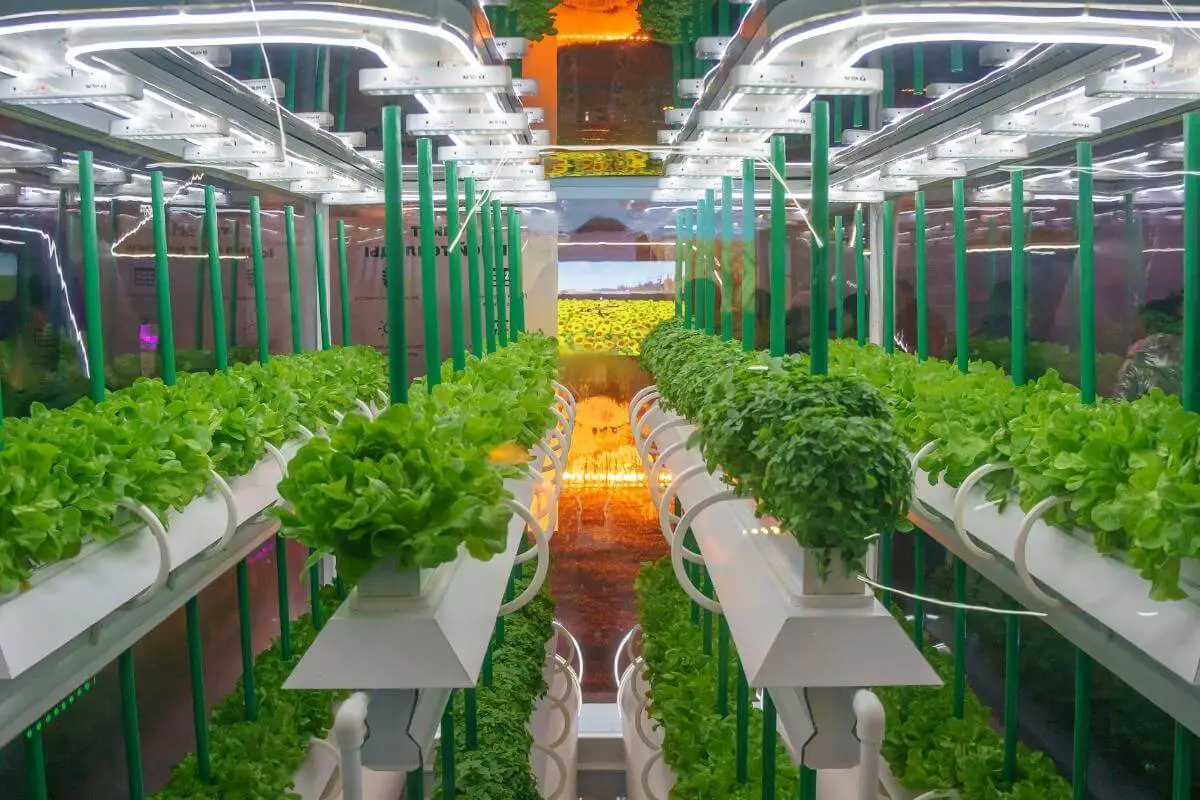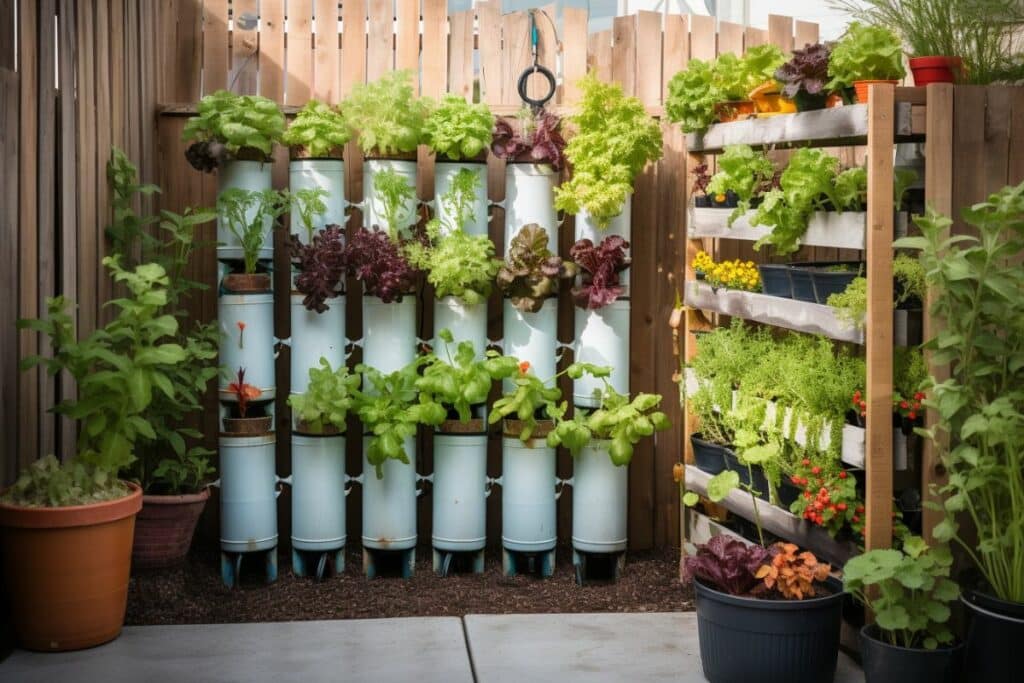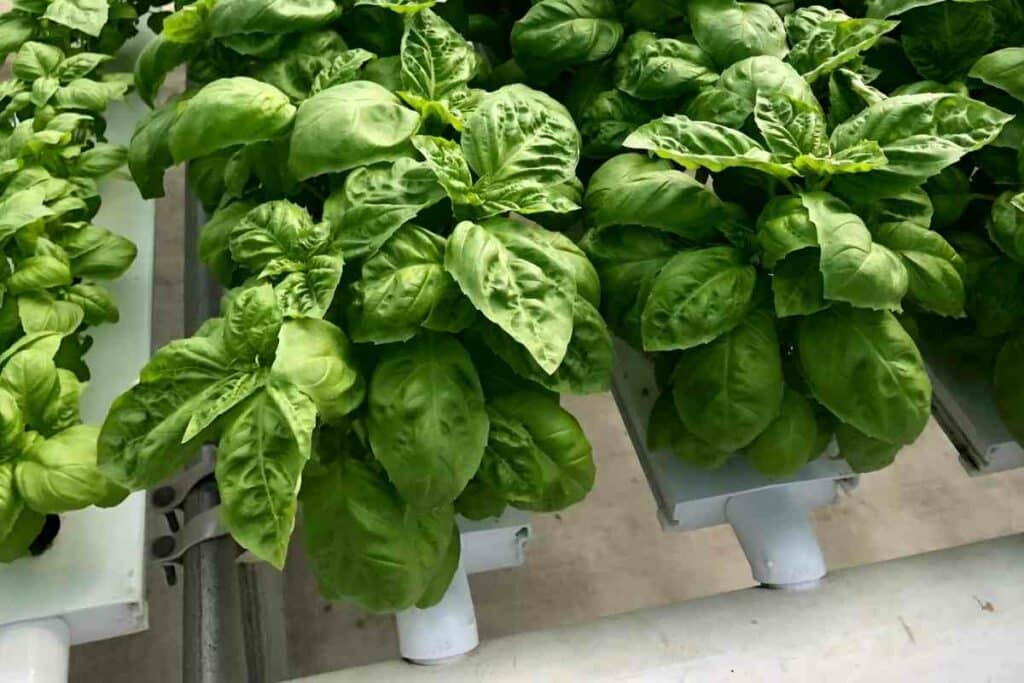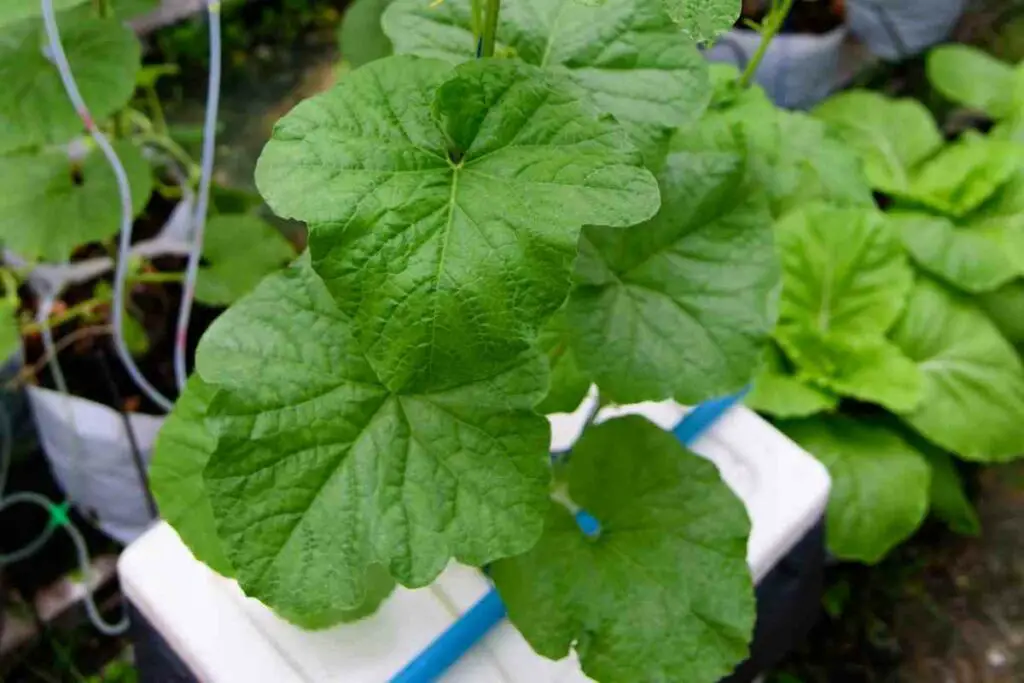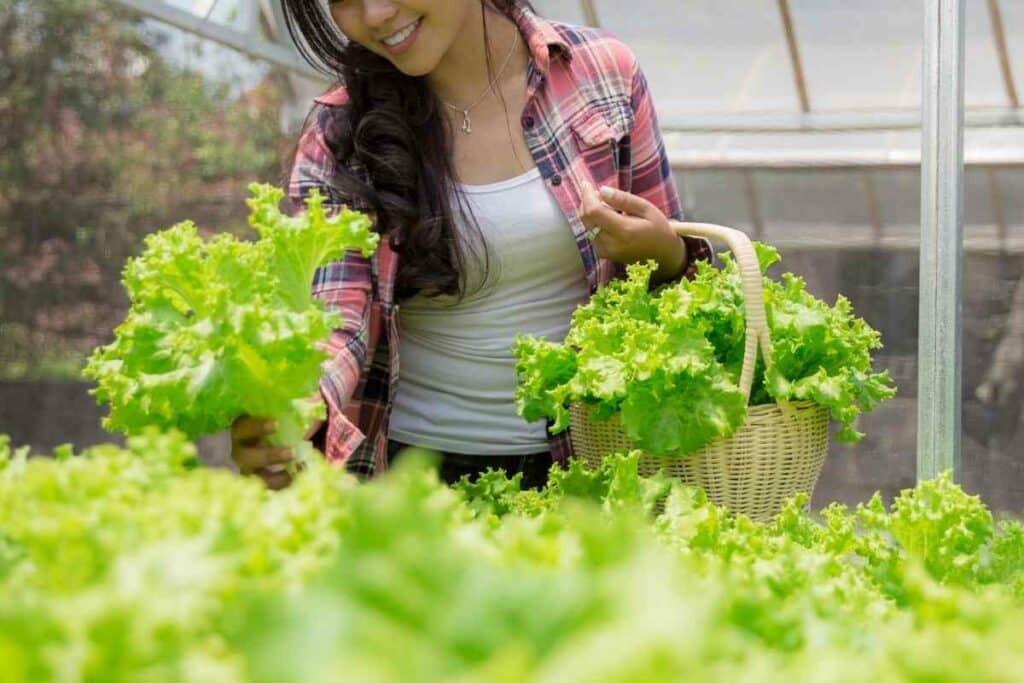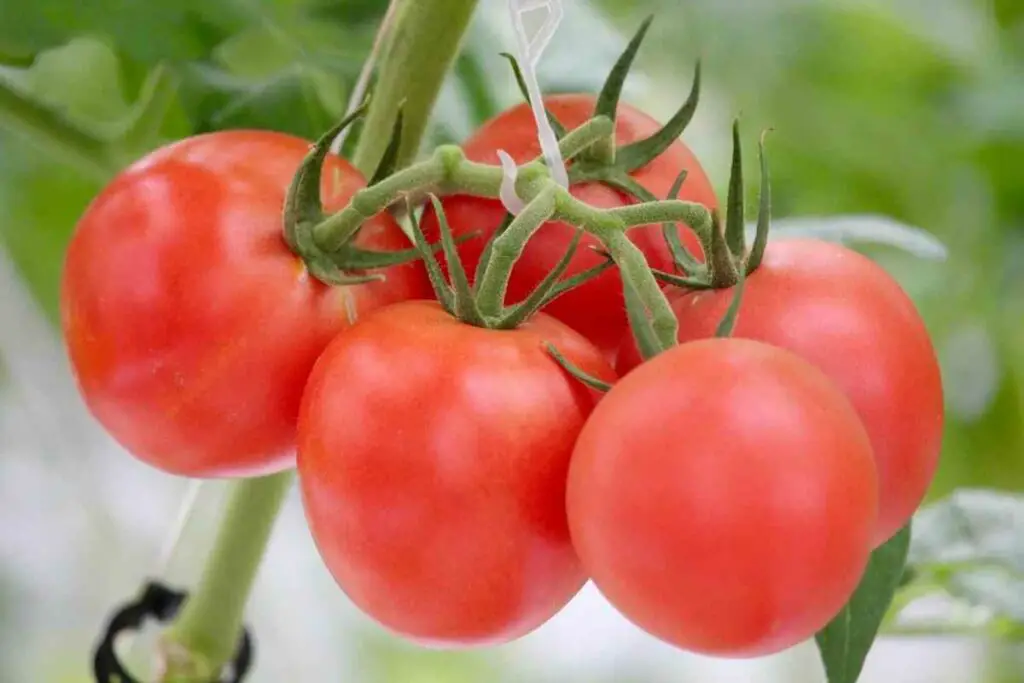Food security has become a major concern around the globe as the population rises and tillable land becomes scarce.
Agriculturists have adopted smart farming methods such as vertical farming and hydroponics with the rising demand for food.
Hydroponics is the growing of plants in water. Plants need water, air, nutrients, and light to grow, so the hydroponics system meets all the requirements.
You can grow various plants in a hydroponics system, including:
- leafy vegetables
- fruits
- flowers
- roots
Hydroponic farming can be for household consumption or profit.
What You Will Learn: This guide will show you the ins and outs of growing hydroponic vegetables for profit.
How to Grow Hydroponic Vegetables for Profit
Vegetables provide some of the essential nutrients needed by the human body.
Growing these vegetables in a hydroponic system offers a cost-effective and safe source of these nutrients.
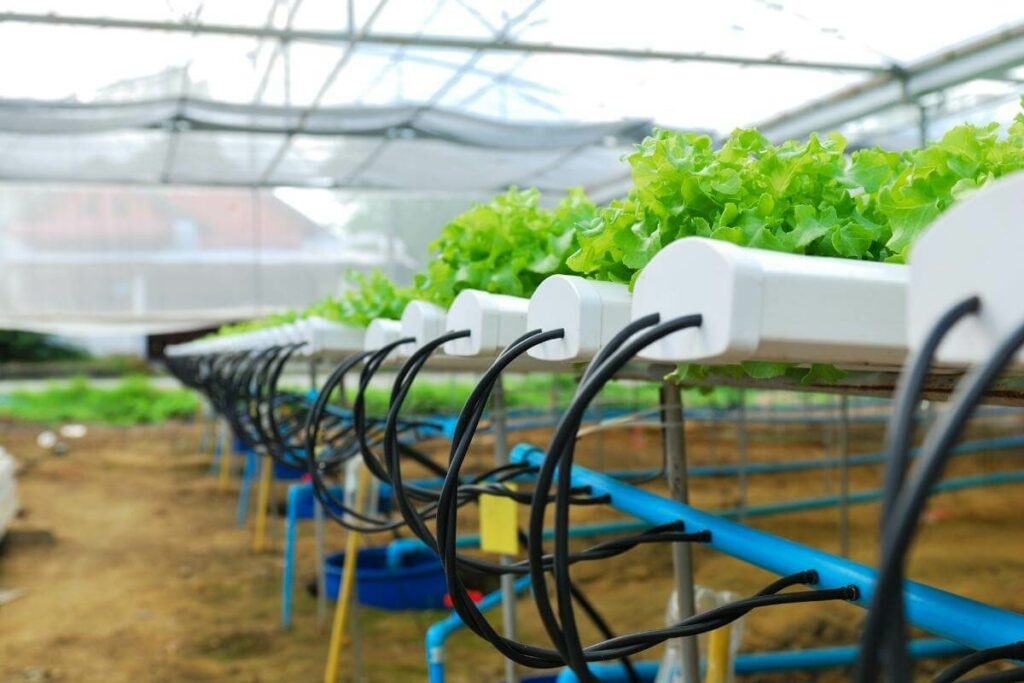
Hydroponics-grown vegetables are healthy and free from soil-based pests and diseases.
But can you grow any vegetable in a hydroponic system?
Most vegetables do well in hydroponics, but some do better when grown in soil.
The following are examples of common vegetables that thrive in hydroponics and can be cultivated for profit:
- Spinach
- Kale
- Cauliflower
- Cabbage
- Tomatoes
- Peppers
- Cucumbers
- Asparagus
- Bok Choy
- Lettuce
Root vegetables can also be cultivated, though these are restricted to a nutrient film technique (NFT) hydroponics system.
Growing Hydroponic Vegetables for Profit
The process of growing vegetables in a hydroponic system for profit can be summarised into five steps.
These 5 steps are:
- Conducting a market research
- Choosing the right hydroponic design
- Choosing a harvest distribution model
- Evaluating the practicability of your model
- Planting the seeds/seedlings
1. Conducting a Market Research
You are growing your vegetables to make a profit, and you need to identify your prospective buyers.
Talk to stakeholders such as grocery store owners, institutions that consume large amounts of vegetables, local eateries, etc., and ask if they would like to buy from you.
This will give you a picture of what vegetable is on-demand and likely to give you a large profit.
2. Choosing the Right Hydroponic Design
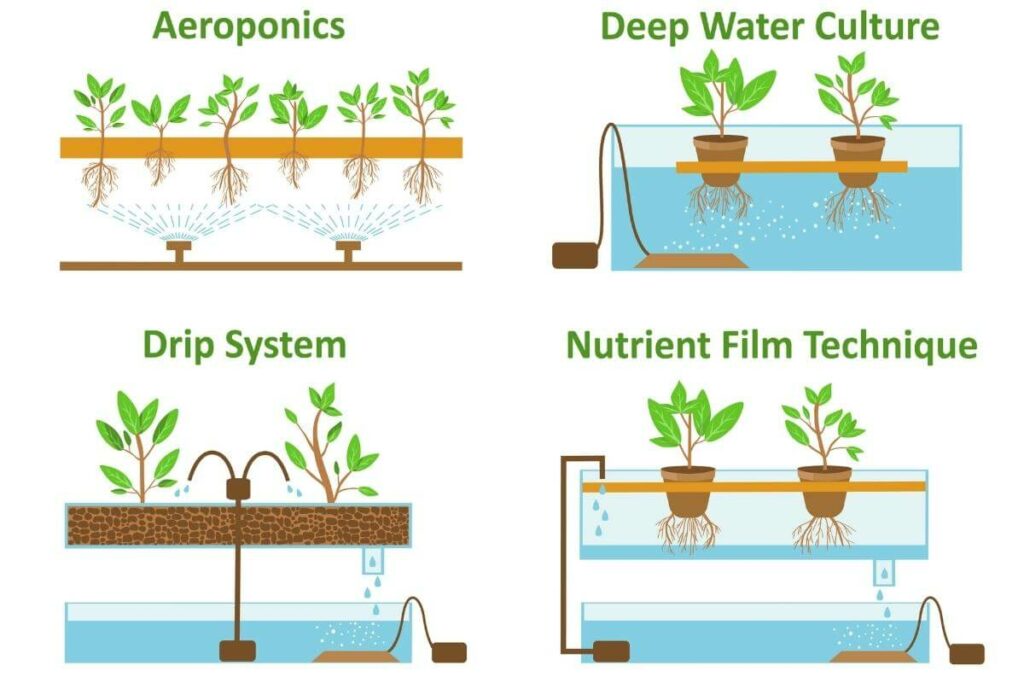
There are several hydroponic designs:
- media bed
- nutrient film technique
- flood and drain
- deep water culture
- drip system
- aeroponics system
All these designs are suitable for varying types of vegetables.
For Instance: Root vegetables such as carrots do well in the NFT system because the design provides extra anchorage needed by the vegetable.
3. Choosing a Harvest Distribution Model
After knowing your target market and choosing the preferred hydroponics design, you need to plan how your mature vegetables will reach the buyer.
You may choose any of the following distribution models:
- Wholesale distribution
- Selling to the customers directly
- A combination of wholesale and direct sales to consumers
- Impact sales
- Establishing your retail store
4. Evaluating the Practicability of Your Model
Making a plan is easy, but implementing it is the real hassle.
Before you start adding the plants and tending your hydroponic garden, talk to agriculture experts, distributors, community members, and fellow farmers on the feasibility of your model.
You want to be sure that the model you choose will give you the desired profits and not sink you into a worthless cycle of producing vegetables that don’t sell.
5. Planting the Seeds/Seedlings
After your plan passes the feasibility test, it’s time to start your hydroponics farming.
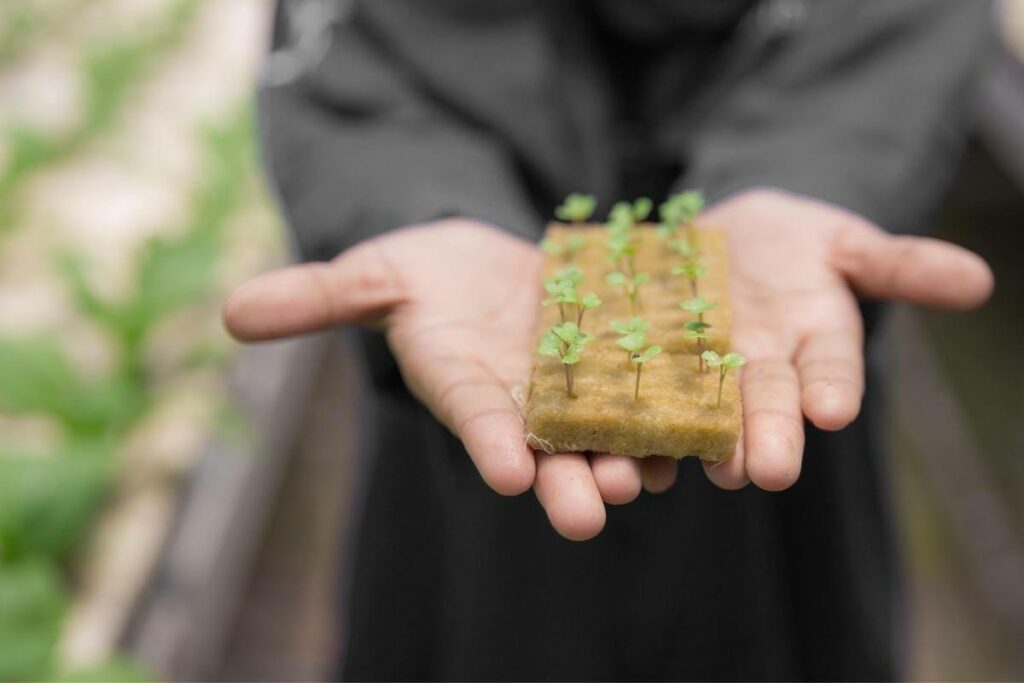
Add the seeds or seedlings into the media/grow bed and nurture them until they show roots and shoots.
Remember to start small to avoid getting overwhelmed by the new system. Once you learn how to maintain growth conditions, you can add more plants to make more profits.
To grow vegetables in a hydroponic system, you will need several things to start you off.
These are:
- grow medium
- grow lights
- Water quality measuring kit
How to Grow Spinach In a Hydroponic for Profit
Spinach is one of the common leafy vegetables that do exceptionally well in hydroponics.
It is a fast grower, requires minimal nutrients, and saves on space.
The best hydroponic design to grow spinach is the NFT system, although the raft system and media beds work just fine.
Add your spinach seeds to the grow media and maintain the temperature at 64 to 69 degrees Fahrenheit.
If the temperature rises beyond 79 degrees Fahrenheit, the seeds may become dormant and fail to germinate.
It is important to sow the seeds as soon as you purchase from the seed store because long-term storage may induce dormancy in the seed.
This leads to uneven germination or complete failure to sprout.
After the seeds germinate into seedlings, make sure they get at least twelve hours of light. You can provide the light through artificial grow lights or sunlight.
Works Well: For the pH, maintain it at 5.0 to 6.0. Spinach matures in approximately 30 to 40 days.
How to Grow Lettuce In a Hydroponic for Profit
Lettuce grown in a hydroponic system is healthier and quick to mature because it gets ready-to-absorb nutrients in the proper proportions.

It is also free from soil-based pests and diseases, which makes them fresh and juicy.
Lettuce grows well in most hydroponic designs, including:
- NFT
- media bed
- aeroponics
- drip systems
- flood and drain system
- raft system
However, the NFT system is the most suitable to grow large-scale lettuce for profit.
If you choose to grow the lettuce on a media bed, use Rockwool as the growing media.
Avoid oversupplying the media with too much water as it could interrupt oxygen flow to the roots causing root or stem rot.
Lettuce grows optimally under the following conditions:
- Temperature– cool temperatures of around 68 to 75 degrees Fahrenheit
- pH– almost neutral, between 6 and 7
Lettuce matures in approximately 30 days.
How to Grow Cabbage In a Hydroponic for Profit
Although cabbage requires more nutrients than most green leafy vegetables, it is a common food item in most households, making it a great candidate for hydroponic farming to make a profit.

This vegetable is also relatively big and heavy, thus a challenge to grow on some types of hydroponics.
For example, it’s difficult to grow cabbages on a vertical hydroponic basis.
The best option for cabbages is the media bed or flood and drain system.
Hydroponic cabbage optimum growth conditions:
- Temperature– between 65 and 75 degrees Fahrenheit
- pH– cabbage grows well in slightly acidic to a neutral pH of around 6.2 to 6.6.
Cabbage matures between 65 and 100 days.
How to Grow Cucumber In Hydroponics for Profit
Cucumbers are fast-growers and require low amounts of nutrients to mature. They are an excellent choice for hydroponic vegetables for profit.
With the correct nutrient mix, you can grow and harvest your cucumber in 50 to 70 days.
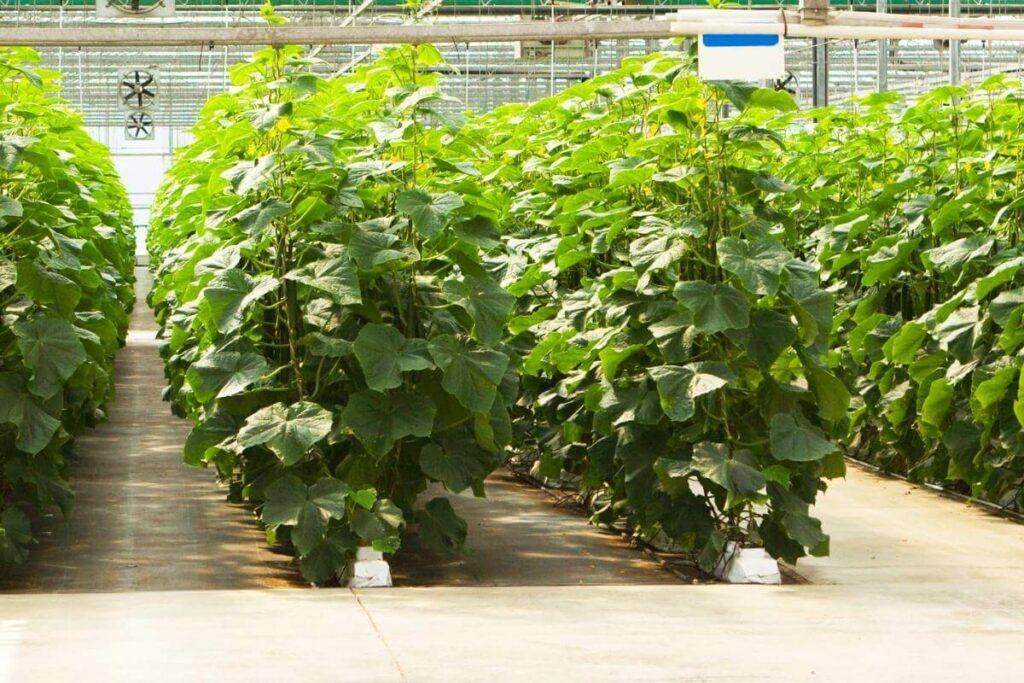
Cucumbers are climbing plants, meaning their weak stems require a surface to twin around to fruit.
The most commonly used support for the twining is the trellis. A trellis can be a wall or any structure put in place to provide support for climbing plants.
The best hydroponics method for cucumbers is using bubble buckets, drip systems, and flood and drain methods.
Hydroponic cucumber grows well under the following conditions:
- Temperature– the optimum temperature for the germination of cucumber is between 80 and 82 degrees Fahrenheit. After sprouting, the seedlings thrive at 72 to 75 degrees Fahrenheit.
- pH- hydroponics cucumbers grow well around a pH of 5.8 to 6.0.
Wrap Up
Growing hydroponic vegetables for profit needs planning and research before venturing into the planting process.
You need to do market research of prospective buyers, choose the most suitable hydroponics design, pick a harvest distribution model, and test the feasibility of your model before planting the seeds or seedlings.
After choosing a suitable model and design, the last step is to plant the seeds or seedlings.
Examples of suitable hydroponics vegetables that can be grown for profit include spinach, kale, cabbage, cucumber, and lettuce.
